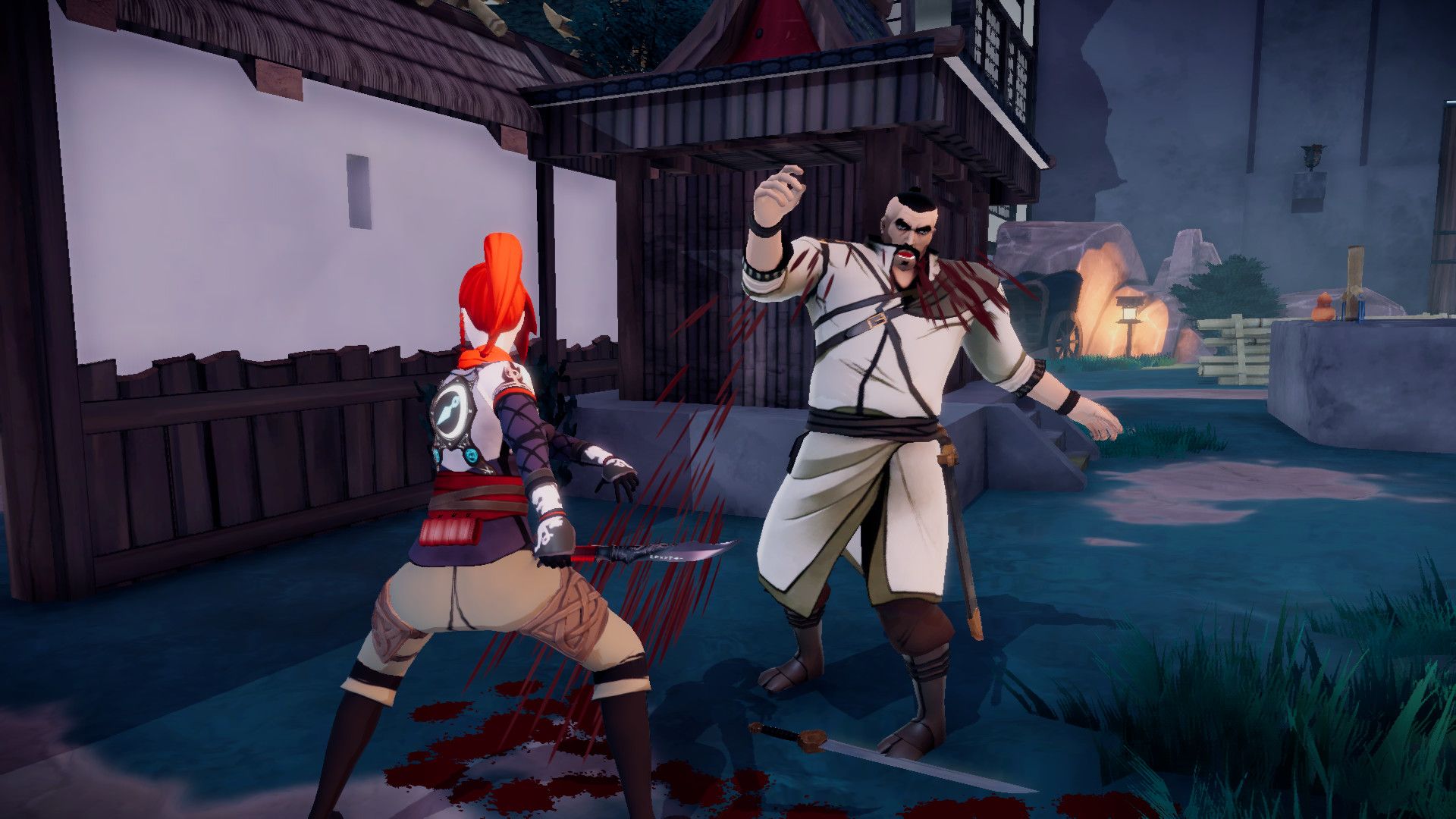Aragami: Shadow Edition (Switch) - Review

Aragami is a third person ninja stealth game, which has the player use the powers of darkness to teleport, create decoys, and send enemy bodies to the void. Avoiding areas with light is the key to success, as light drains your ability to use your powers. Most of the gameplay seen in Aragami has been done elsewhere, and while Aragami inherits the best traits from modern stealth games, I found myself to be uninterested in both the story and gameplay.
Gameplay
Aragami has a unique approach to stealth that borrows from various mechanics from the genre. The teleportation is heavily inspired from the same ability in ‘Dishonoured’, and the ‘shadow stealth’ mechanics originally from the ‘Thief’ series – although is very common in most stealth games made today. While this would theoretically be a positive for the game, I found myself simply sprinting past enemies with ease and teleporting through the level without detection – emphasis on the ‘simply’.

For those of you who enjoy slow, methodical calculation of how to approach a level, using all tools at your disposal to strategically eliminate the enemy, Aragami will be a fun time. As somebody who tends to ‘game the game’ however, I found that the AI detection and the level design to be too simplistic. Enemies will take a long time to notice your presence, and when they do, will walk over to investigate what they saw. This same mechanic is seen in ‘Dishonoured’, but unfortunately, the time to kill (up to three seconds) disallows for any sort of combo stealth kill shenanigans, and instead forces a slower style of play. This would be fine, were it for the large open levels. If the developers wanted to create a slow, ‘Thief’ style of game, keeping to smaller, confined environments would have suited the gameplay far more.

The frame rate drops didn’t help either. At the beginning of every level, I found myself stuttering into existence. Sometimes when I teleported behind enemies, I also lagged a few frames, which resulted in my death once (the rest were just minor emersion breakers). It wasn’t something that will be a deal breaker for most, however.
Story
The story is basically the Dark Brotherhood’s introduction mission in Skyrim, and instead of Aventus Aretino performing the Black Sacrament, it’s a young lady named Yamiko. She is a prisoner of the ‘light army’ and so she summons Aragami, a vengeful shadow ninja, to break through enemy lines and rescue her.

I can’t say much without spoiling the plot, but the crux is that the story is merely a stepping stone for the gameplay. I was constantly tempted to just mash buttons whenever dialogue occurred, as there is no voice acting to supplement the typical storyline. Nothing will be missed by skipping dialogues yourself, in my opinion.
Don’t forget to like us on Facebook and follow us on Twitter for more Nintendo Switch content.
Graphics / Art Design
The environments of Aragami are splendid, vibrant, and decorated. It is clear a lot of thought went into detailing, mapping out strategic locations for the shadows, and the thematic statues and glyphs that inhabit the world. Unfortunately, enemy models in comparison look like something out of a PS2 game. It really sticks out like a sore thumb, and didn’t do the gameplay any favours in return.
Music / Sound Design
The soundtrack to Aragami is actually quite marvellous. It mainly features wind instruments, selling the whole ‘Japanese warrior’ aesthetics of the game, but also splices drums and even electric guitar at some points, adding to the tension of fights. A minor quip I noticed was that if I died, the battle music would carry on through my revival, which felt unpolished.

If they wanted to transition from action music to gentle, tranquil melody, they should have added a minor death screen to changeover the sound. The soundtrack was my favourite thing about the game, and considering it was made by a small group of 10 people (according to the description of the soundtrack on YouTube), is a wonderful breath of fresh air from typical, cookie-cutter soundtracks in many Indie titles.
Final Score: 65%
[su_button url=”https://www.amazon.com/Aragami-Shadow-Nintendo-Switch/dp/B07HLBP2KP/ref=sr_1_2?keywords=aragami+nintendo+switch&qid=1554603409&s=gateway&sr=8-2″ target=”blank” background=”#f64201″ size=”10″ center=”yes” text_shadow=”0px 0px 0px #000000″]Buy Aragami: Shadow Edition from Amazon[/su_button]Overall, Aragami was a stealth game that had the basics of a stealth game, but fails to live up to the excitement that other entries to the genre produce. While the teleportation and shadow/light mechanics were welcome, the sub-standard AI and model design of enemies, frames and graphical issues, and an ultimately fairly forgettable experience, leaves me to ultimately recommend this game… on sale.